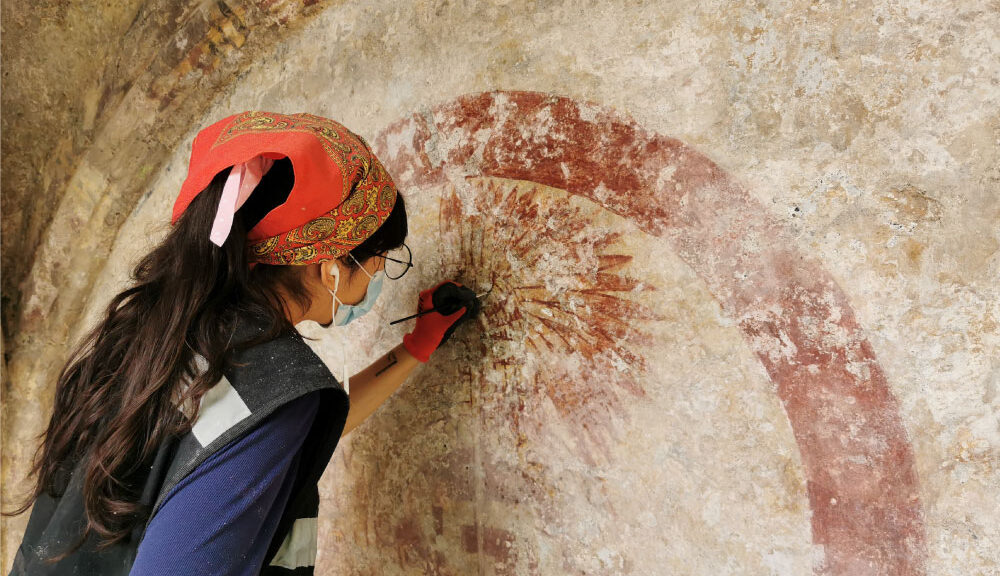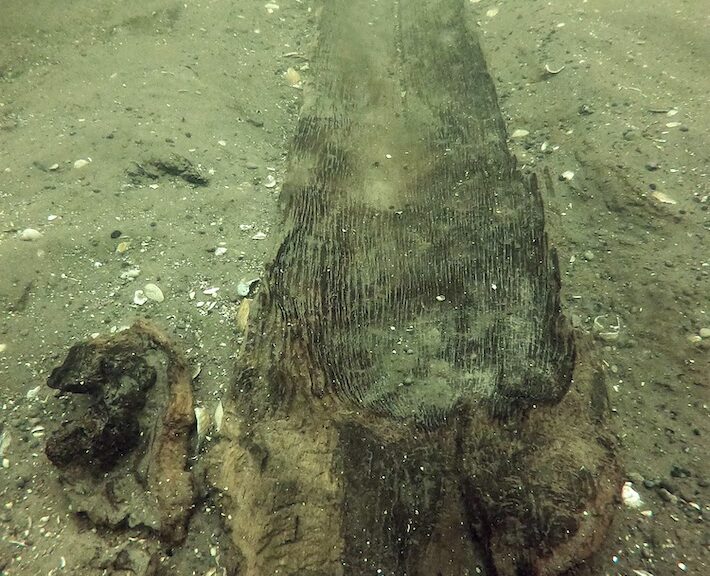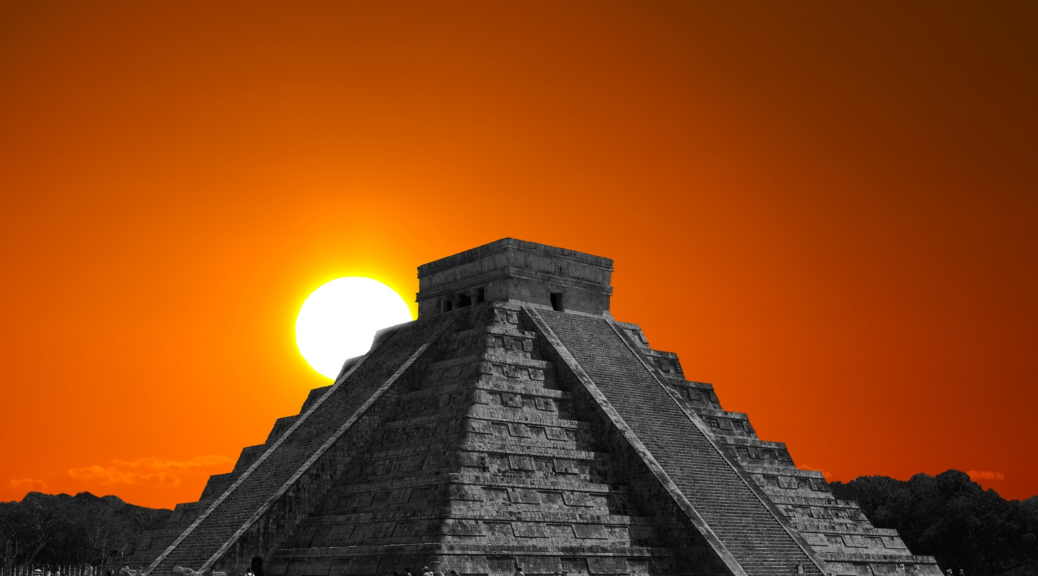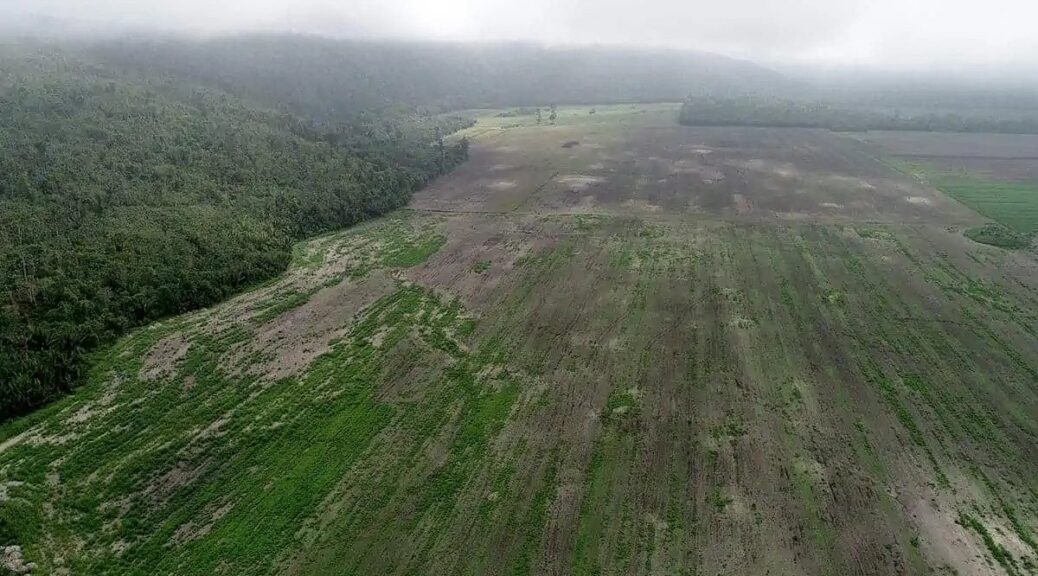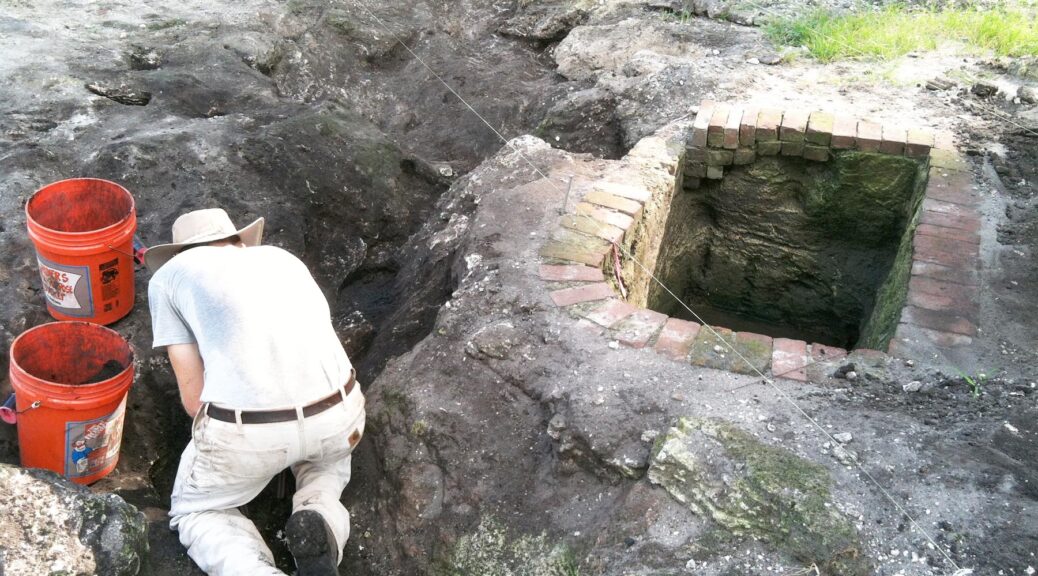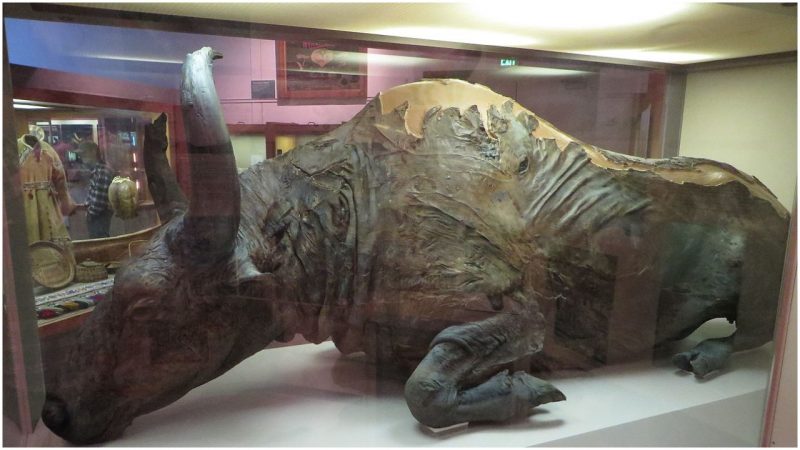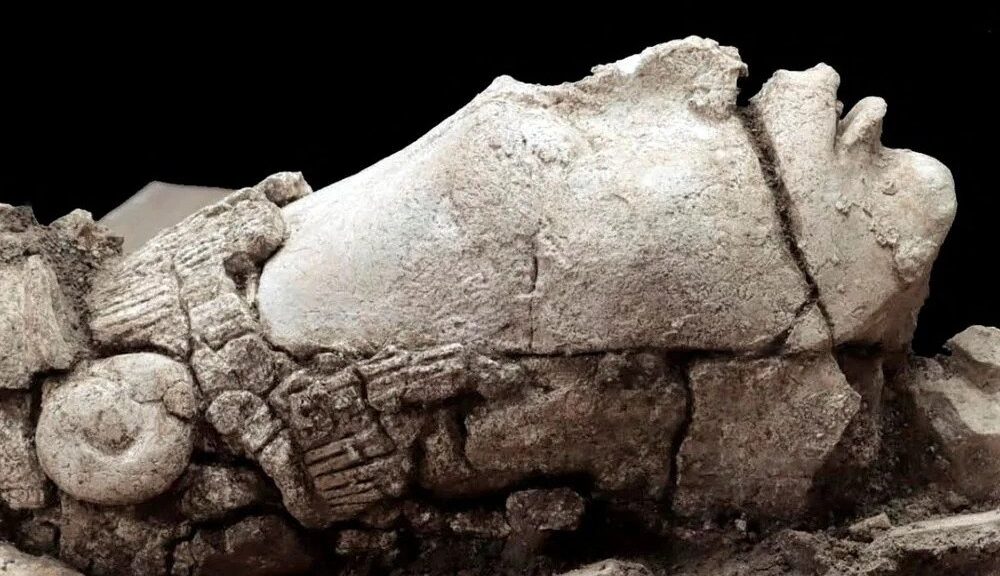Pre-Hispanic Images Revealed on Early Convent Walls in Mexico
A restoration team that, under the supervision of the National Institute of Anthropology and History (INAH), an institution of the Ministry of Culture of the Government of Mexico, recovers the posa chapels of the atrium of the Temple and Ex-convent of the Nativity, in Tepoztlán, Morelos, found on the walls of three of them a mural painting from the 16th century, which alludes to an emblem of pre-Hispanic iconography, composed of the symbols of a plume, an axe, a shield or chimalli and a flower stick.
Specialists analyze if the attributes of the image are linked to the patron god Tepoztécatl or to some other deity; Beyond that, they say, it is a historical element that can connect the current population of Tepoztlán with their ancestry.
This discovery opens the door to a different way of understanding, over time, the transformations of Tepoztecan society.
This revelation is the result of the restoration work in the atrium of the convent complex, which is part of the “First monasteries of the 16th century on the slopes of Popocatépetl”, inscribed on the World Heritage List of the United Nations Organization for Education, Science and Culture (Unesco), which are possible thanks to the cooperation agreement between the Ministry of Culture of the Government of Mexico and the Ministry of Foreign Affairs and Foreign Trade of Hungary, in matters of cultural heritage affected by the earthquakes of September 2017.
The Mexican company José Morales executes the tasks in the movable property associated with the historic building, which are supervised and coordinated by INAH personnel, through the National Coordination for the Conservation of Cultural Heritage (CNPCC) and the INAH Morelos Center.
The coordinator of the associated movable property project, Frida Itzel Mateos González, indicates that the tasks have included historical flattening, mural painting and carved stones and, at present, those corresponding to the attrial walls and access arches, the posh chapels 2, 3 and 4, the open chapel, the atrium cross, the baptismal font and the Plateresque portal of the Temple of the Nativity.
To do this, a delicate mechanical cleaning is carried out with the use of scalpels, so it is a surgical task, and injections of lime and sand to consolidate and repair the painted flattening.
Despite the damage caused by the earthquakes of five years ago, the chapel posed 4 was revealing the clearest pre-Hispanic emblem to the restorers María Regina Pierrelus Díaz de León, Katherine Salas Ramos and Valeria López Mancera, as well as the visual artist Mónica Morales Zuniga.
The layers of lime that covered the mural painting were removed after verifying, through microscopic observation, that there were no subsequent paint layers. What could be seen with the naked eye were parts of the red circle that, initially, they supposed should contain the hagiographical attributes of Marian or Jesus Christ, but it did not.
The team narrates that “as we worked, we discovered a well-preserved red circle. Then we saw some triangles, we thought they corresponded to the crown or splendour of the Virgin Mary, but the feathers of a plume appeared. In the centre we saw a well-defined red fret within a circle, a wand with flowers, and a tepoztli (axe), similar to the one in the Tepoztlán glyph. It was not a Christian representation, but a chimalli (pre-Hispanic shield)”.
The ancient emblem discovered in Chapel 4 was painted freehand in a diluted red, filled with glazes, and then outlined in the same colour. The circle, 11 centimetres thick and just over a meter in diameter, encloses these pre-Hispanic symbols, equal in size to the Marian shield that was also painted in the 16th century in the Posa chapels.
The image, which is repeated, less clearly, in chapels 2 and 3, has generated questions about the reason for the presence of this emblem in such an important place and, even, next to the anagram of the Virgin Mary, and about the relationship between pre-Hispanic culture and Christian worship, a few years after the Spanish invasion.
In search of understanding the meaning of these attributes, an interdisciplinary investigation has been set up involving the restorers Lucía de la Parra de la Lama and Frida Mateos González, the restorers José Morales Zúñiga and Iván Reynoso Pérez, the museologists Alejandro Sabido Sánchez Juárez and Víctor García Noxpango, the ethnohistorian Marcela Tostado Gutiérrez and the archaeologist Laura Ledesma Gallegos.
